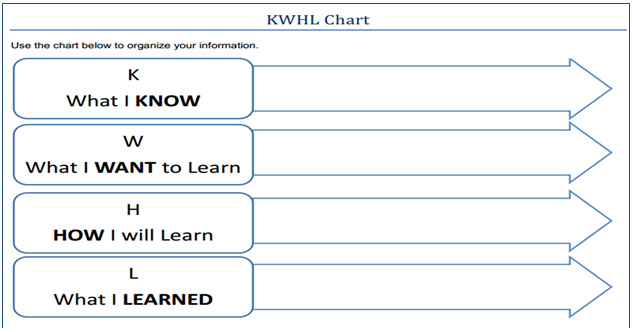Self-Assessment Starts with Goal Setting
In order for learners to evaluate their progress they need targets against which to measure their performance. When we are talking about setting goals for self-assessment purposes, we are not talking about all-encompassing, long-range goals (for example, to be a carpenter). Rather, we are talking about the goals within goals – the short steps to be taken along the way – such as converting Imperial and Metric measurements. Have learners set and work toward smaller goals within their ultimate goal.


Smaller “step” goals allow them to constantly have something they can work towards, self-assessing their progress and seeing regular successes. Self-defined, and therefore relevant, learning goals for each step along the way increase learners’ motivation. Using ‘SMART’ goal planning tools can help learners develop short-term, attainable realistic goals for each learning step.
Self-Assessment Needs a Plan
Once learners have set a goal for the next step in their learning, they need to plan for success. Planning to reach learning goals is discussed in the Literacy Basics module on Learner Plan Development.
Self-Assessment Tools
The tools learners use for self-assessment need not be fancy or unique. Many programs use rubrics, journaling, checklists, questioning, etc. Tools like the KWL and its modification KWHL, have been well used in all types of learning settings.


The Ontario Association of Adult and Continuing Education School Board Administrators’ (CESBA) ESKARGO and OALCF Implementation Strategy – Resource 3 has six learner self-assessment packages, one for each goal path and another for all goal paths. These are especially useful as part of the initial assessment process.
Self-Assessment Learned through Guided Practice
/files/blackbox-1.pdf
Self-assessment may not come easily to learners. Self-assessment is a skill that is learned. Practice builds proficiency and self-confidence. Questions like “what made it easy or hard to learn today?” or “how have you used your new skills in the past week?” can help learners reflect on their progress and identify areas of difficulty and achievement.
One method to start learners on the self-assessment path is through instructor modelling. Using example pieces of work and an assessment tool, such as a checklist, series of questions or a rubric, the instructor reviews and assesses some examples, then learners can try the technique on other examples. Another method is having learners share their self-assessment results with peers or in a group. With both these methods, a safe, non-judgmental environment that encourages the learners to be open and honest is important. Most people are their own harshest critics, so encourage learners to focus on the positive rather than the negative. Having the learners discuss how they felt about self-assessing, how various self-assessment tools worked for them and what they might use in the future to self-assess, is also valuable.
In “Way to Go”, the Ontario Literacy Coalition (Essential Skills Ontario) provided some tips that can help learners self-assess.
- What is the purpose of this work? Does it need to be nearly perfect, or is it meant to be in draft form? Is it a formal document, such as an essay, or an informal document, such as a note to a friend?
- What skills are you learning? How are they used in this piece of work?
- What’s good about this work? Why is it good? (Be specific)
- What needs to be improved with this work? Why does it need to be improved (again, be specific)?
- Don’t just identify something as being “wrong” or bad”; think about how it could be improved.
- Keep an eye out for repeated mistakes (e.g., the same word repeatedly misspelled); this can help identify patterns and possibly indicate skills to focus on.
- Accept that it’s ok to make mistakes – that is how we learn!
Questions and Activities for Reflection
- Give some examples of effective informal assessment activities. What makes informal assessment particularly valuable to the learners?
- How could you adapt your learner progress tracking tools to incorporate self-assessment?
- How can you encourage learners to self-assess?
- How do you decide when it is time to conduct a formal ongoing assessment?
- What revisions might you make to the learner plan because of ongoing assessment?
- Choose one of the integrated tasks from the Task-Based Activities for LBS database. How do you see this fitting into your ongoing assessment?
- What challenges are there, if any, to using task-based assessments?
Pages: 1 2




